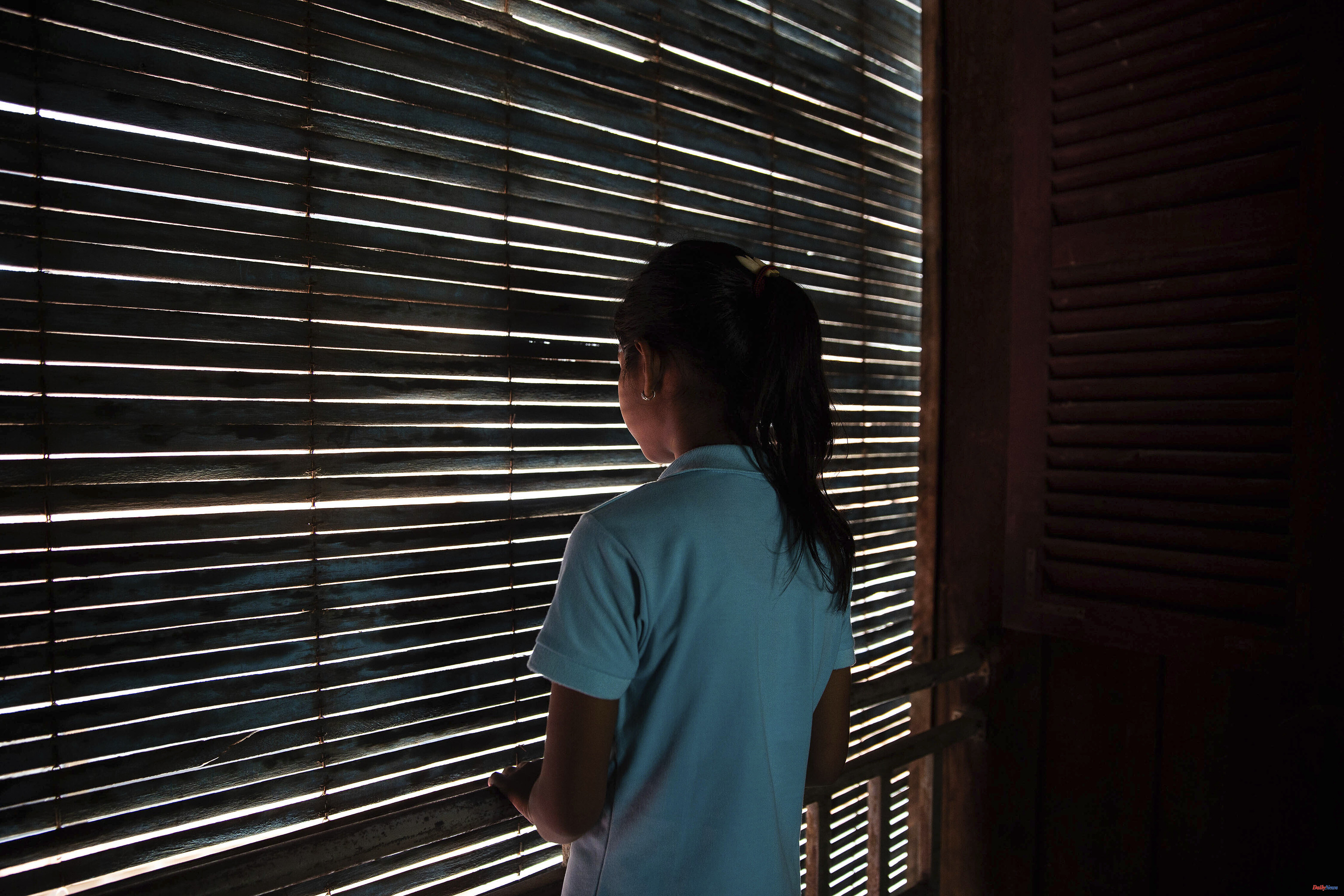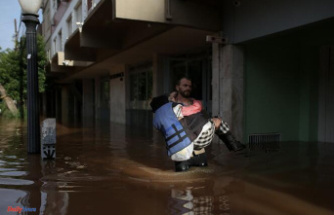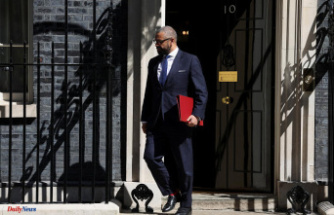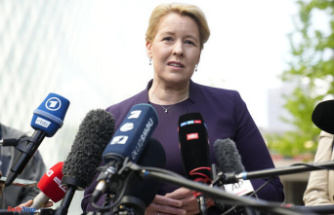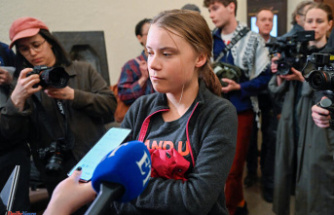Who is it. Girls forced to marry older men in South Asia account for 45% of child marriage in the world.
That. The Indian government seeks to eradicate this scourge before 2026 through stricter laws, knowing that the country is increasingly geopolitically relevant.
Because. This practice has been exacerbated by increased financial pressures on families due to the Covid-19 pandemic.
Farzana, from Bangladesh, died after giving birth. Her body, that of an 11-year-old girl, was not prepared to give birth to twins. Dara, from Cambodia, died of a ruptured vagina on her wedding night. She was eight years old. Her husband, over 40. Kana, from Nepal, drowned in a river after jumping from a bridge. She couldn't take it anymore than her husband, who was in her thirties, raping and mistreating her every night. She was 12 years old.
They steal their childhood. They deprive them of an education. They rape them. They are girls, not girlfriends. They are girls, not slaves. Although the latter remains forgotten in many corners of the planet. Let's focus on South Asia, where child marriage continues to grow in numbers: there are 290 million married girls there, which represents 45% of the world total. There is no other region in the world with a greater number of child brides.
These are the latest data released this month by UNICEF, which points directly to the pandemic as responsible for the rise of a practice that remains deeply entrenched in many places. "Increased financial pressures, with many families losing their jobs, and the closure of schools due to Covid, pushed parents to forcefully marry off their young daughters," laments Noala Skinner, the director in the region of United Nations Children's Agency.
"The younger they are, the less power they have to refuse sex. And many girls refuse to report abuse out of shame and fear of retaliation," Skinner explains. "When they get married, they are often pressured to have children as quickly as possible. But their bodies aren't ready for pregnancy yet, and neither are their brains. Despite these risks to mothers and their babies, three-quarters of of all child brides give birth before the age of 18.
The case of India deserves special mention. In the new most populous country in the world, sold by its leaders as the largest democracy on the planet and a great candidate to be the next world superpower, more than a million and a half underage girls marry each year, a third of the world total. Continuing with the recently updated data from UNICEF, 27% of Indian women between the ages of 20 and 24 were married, the vast majority by family arrangements, before their 18th birthday.
A scourge that the government of Prime Minister Narendra Modi now seeks to eradicate before 2026, knowing that his country is increasingly attracting the attention of international spotlights as an imminent key player on the global geopolitical tableau. A month ago, more than 3,000 men, including Hindu and Muslim priests, were arrested in the state of Assam as part of a mega campaign against child marriages. In order to prosecute them, many of those arrested, who were with girls under the age of 14, have been charged under a stricter law that protects children from sexual offences.
In India, there is a psychologist, Kriti Bharti, who heads an organization that has spent a decade stopping illegal marriages and rescuing victims of forced child marriages. Kriti has managed to get more than 5,000 girls out of that dark pit and take them to foster homes. Her last case was that of a minor under 12 who was forced by her family to marry a 65-year-old man.
According to the criteria of The Trust Project

